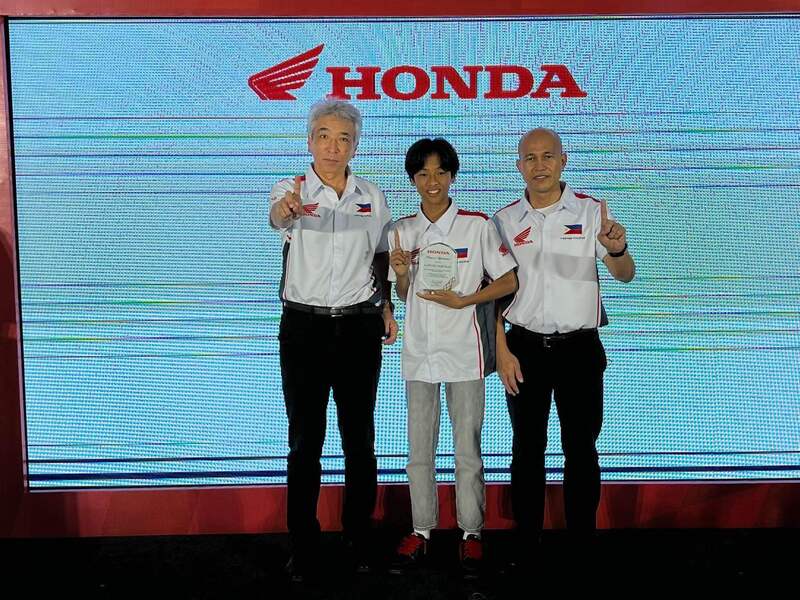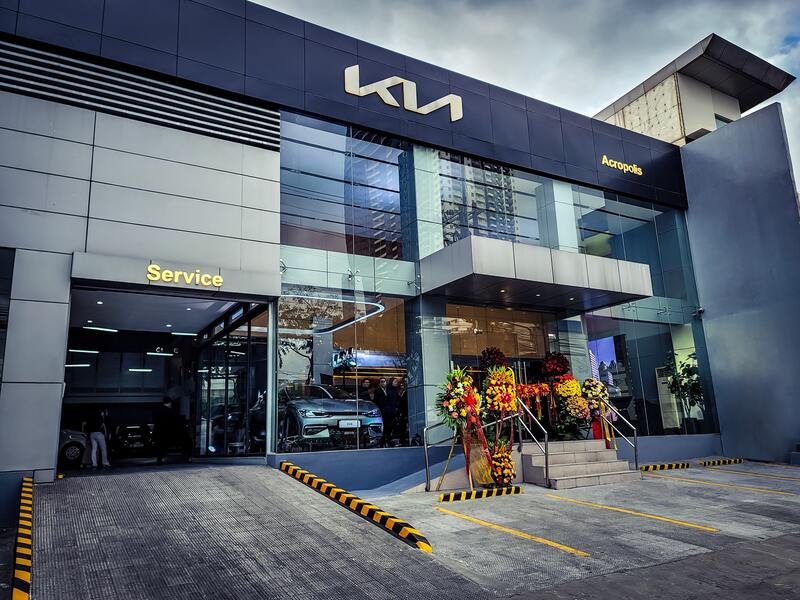RARELY does it happen, in the movie world that is, that a sequel is better than the original. Critics will always mercilessly finger-point at something the sequel “just didn’t have.”
Now if Ford were a film director, it would be a Cameron, a Copola or a Kubrick. These are directors known for innovation, dedication, and great sequels.
The next-generation Ford Ranger Wildtrak 4×4 launched just towards the middle of 2022, is a sequel that isn’t a sequel. It feels like a whole new movie in itself falling under a franchise called Ranger. I took stock of the car on a rainy Thursday afternoon and immediately thought of the backroads of the Makiling-Banahaw Geothermal plant as the place to see just how good the new pickup is. After all, with the performance of the previous Ranger, the next-gen one has size 15 shoes to fill.
The first thing one notices about the next-generation Ranger is how close it is visually but distinct is really is design-wise. It stands on the same T6 platform developed by Ford Australia for the Ranger line since 2012. Having said that, each progression of the pick-up built on this platform, codenamed P375, became better and better with engine changes, suspension re-works, and a special application popularly called the Raptor. The lessons of the Raptor, in fact, proved to be enduring that suspension changes, for instance, has given the next-gen Ranger more refined point-and-shoot abilities.
That point-and-shoot for me was a particular 4.2-kilometer unpaved trail just behind Mt. Makiling staggered between the Calauan and Los Baños sides of the mountain. It has been 4 years since I passed this route, now made worst by erosion and the lack of maintenance, as a lot of the geothermal work in this part of the mountain has moved elsewhere. Mountain bikers know this path with connects to another route that crosses into Alaminos, Laguna.
On the day I passed by that route with my wife Ludi as navigator, we decided to take the whole 18-holes with a loop entering into the dilapidated roads to Bangkong Kahoy in Dolores in Quezon, down to San Cristobal exiting back into Tiaong, and the farm roads of San Vicente to Atisan across back to the Maharlika highway, into Hidden Springs in Alaminos and into the back roads up to the Mak-ban Geothermal plant. Most of these roads are publicly accessible (with the proper vehicle) but mostly avoided when it is raining for obvious reasons.
The monsoons felt like tropical storm Paeng, as the heavens unloaded and almost non-stop torrent of rain of various intensities. Inside the vehicle though we were just driving at pace and literally “chilling out” with our warm jackets with rain-resistant appendages. The 10-speed gearbox seemed to be a bit much even for the long drive. In the slight traffic crossing into Tiaong railroad cross the automatic transmission stuck to what I felt was the proper gear for the driving condition.
The rains had coated the slippery PNR track (now unused because the local San Pablo-Lucena train is out of service, just 4 months after it was launched) and cars gingerly made their way across while trucks and buses just rushed into the small pool of water with abandon. I could not make any comparisons with the last Ranger in the habit of gear hunting in heavy traffic but, one thing I can remark, is that it is definitely smoother and more rational in its shifting. I don’t know if this is due to some setting or sensor upgrade, but the change is felt.
As the rains continued to pour, I switched my Spotify playlist Juna Serita and Tokyo Groove Jiyoshi, a Japanese all-female blues band, perfect music for the slow and long drive in the backroads of San Pablo City. The unrushed drive highlighted just how much the next-gen Ranger has evolved inside. The 12-inch infotainment screen is like a large table and is central to a lot of the operations of the pick-up. It now has all-digital gauges and the SYNC 4A does get a lot of getting used to but once mastered, is a blessing rather than confusion.
I didn’t pay too much attention to the fact that the vehicle has stretched the wheelbase by 50mm and widened the tracks by another 50 mm. The proportions didn’t impact me visually but it did something to the handling, improving straight line stability and this was very noticeable in the mud and the loose gravel in the old Geothermal road. The electric power steering augmented this accuracy in directing the vehicle while the rear disc brakes are well thought of and very welcome.
The exterior of the next-gen Ranger is still, well, very Ranger–it is called Ford’s global truck DNA design cues of which appear in every other truck in the Ford garage. What is most appealing are the C-clamp headlamps and the very large front grille. But the biggest rating exterior changes? Working side vents and the bed step in right by the tailgate. It made for easy access to a group of people walking through the muck and we invited on board. The teenagers, walking home from school that rainy day however chose to say in the pick-up be with their umbrellas.
The 2.0-liter bi-turbo 4-cylinder diesel is shared with the current Raptor. It has 210 horsepower and 500 Nm of torque. That explains the power delivery as well as the range of its speed both on road and off road. It is extremely quiet and almost perfectly linear. The incoming Raptor will have a larger 3.0-liter V6 twin-turbocharged V6 same as that of the US market. That’s 397 horsepower at 5,650 rpm and 583 Nm of torque at 3,500 rpm which will continue to differentiate the Raptor as the top-of-the food chain predator in the pick-up segment.
Much-loved on the Ranger is the Adaptive Cruise Control, and all the safety features that help driving the longer and wider truck an easier task. That means Parking Assist, and the 360-degree camera. There is this list: Hill Start Assist, Hill Descent Control, Autonomous Emergency Braking, Forward Collision Warning, Lane Departure Warning, Lane Keeping System, Evasive Steer Assist, Blind Spot Indicators, Rear Cross Traffic Alert. All that for a price of only P1.885M.
There is a lot to say about the interior but so little print space to say it in. Let me just sum it up by reiterating what I said earlier–this sequel is even better than the original. Ford (again) pushed itself in creating a new-generation of truck, by listening to thousands of voices and making sense of comments and experiences and it reflects on the new pick-up. It is at least three steps ahead of the competition in design and two steps ahead in appeal. Truly a great sequel to a great movie.




